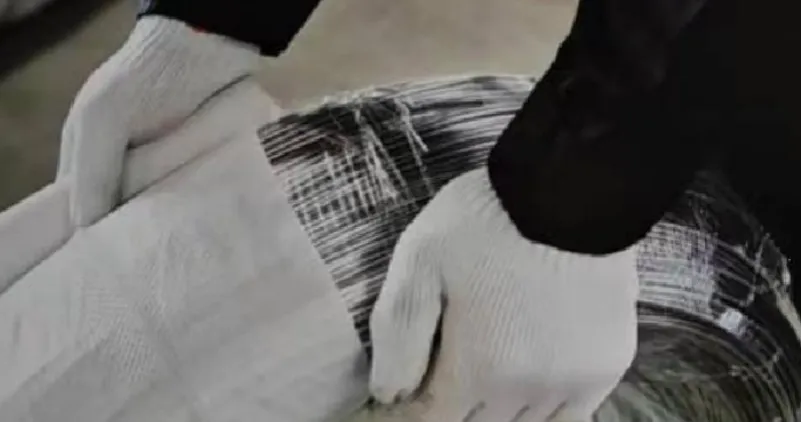-
 Phone:
Phone: -
 Email:
Email:

hexagonal wire mesh sizes
Understanding Hexagonal Wire Mesh Sizes A Comprehensive Guide
Hexagonal wire mesh, often referred to as chicken wire or hex mesh, is a type of fabric made from wire strands twisted together in a hexagonal pattern. This versatile product is commonly used in a wide range of applications, from fencing to gardening, aquaculture, and even architectural designs. One of the crucial factors to consider when selecting hexagonal wire mesh is its size, which encompasses both the mesh size and wire diameter.
Mesh Size
Mesh size refers to the distance between the strands of wire and is typically measured in inches or millimeters. This parameter determines the openness of the mesh and, consequently, what types of materials or animals it can contain or protect against. For example, a mesh size of 1 inch is suitable for larger animals, while a ½ inch mesh would be ideal for smaller animals like chicks or rodents.
Common hexagonal wire mesh sizes often range from ½ inch to 2 inches. The smaller the mesh size, the more protection it provides but at the expense of airflow and visibility. In contrast, larger mesh sizes allow for better air circulation, making them popular choices for applications in gardening, where plants need adequate ventilation.
Wire Diameter
hexagonal wire mesh sizes

In addition to mesh size, the diameter of the wire itself is another important consideration. Wire diameter, usually measured in gauge, directly affects the strength and durability of the mesh. A thicker wire diameter means a stronger mesh, which is beneficial in applications where the mesh will bear weight or withstand harsh weather conditions.
Typically, hexagonal wire mesh is available in various wire gauges, ranging from 19 gauge (approximately 0.04 inch or 1.06 mm) to 14 gauge (approximately 0.08 inch or 2.03 mm). Thicker wires are ideal for installations requiring high tensile strength, such as animal enclosures or protective barriers. Conversely, thinner wires are often used in light-duty applications.
Choosing the Right Size
When choosing the right size of hexagonal wire mesh, it’s essential to consider the specific needs of your project. Factors like the type of animal, environmental conditions, and intended use should inform your decision. For instance, if you are building a rabbit hutch, a mesh size of 1 inch with a 19 gauge wire may suffice. However, for a poultry run, you might opt for a tighter mesh of ½ inch with a 14 gauge wire to ensure that small predators cannot access the birds.
In conclusion, understanding hexagonal wire mesh sizes and their implications is critical for ensuring the success and longevity of your project. By carefully evaluating both the mesh size and wire diameter, you can select the ideal product that meets your needs, ensuring safety and functionality while enhancing the overall aesthetic of your space.
-
Wire Mesh for Every Need: A Practical SolutionNewsJul.25,2025
-
Steel Fences: Durable, Secure, and Stylish OptionsNewsJul.25,2025
-
Roll Top Fencing: A Smart Solution for Safety and SecurityNewsJul.25,2025
-
Cattle Farm Fencing Solutions for Maximum SecurityNewsJul.25,2025
-
Affordable Iron Binding Wire SolutionsNewsJul.25,2025
-
Affordable Galvanized Wire SolutionsNewsJul.25,2025
-
Wire Hanger Recycling IdeasNewsJul.25,2025








